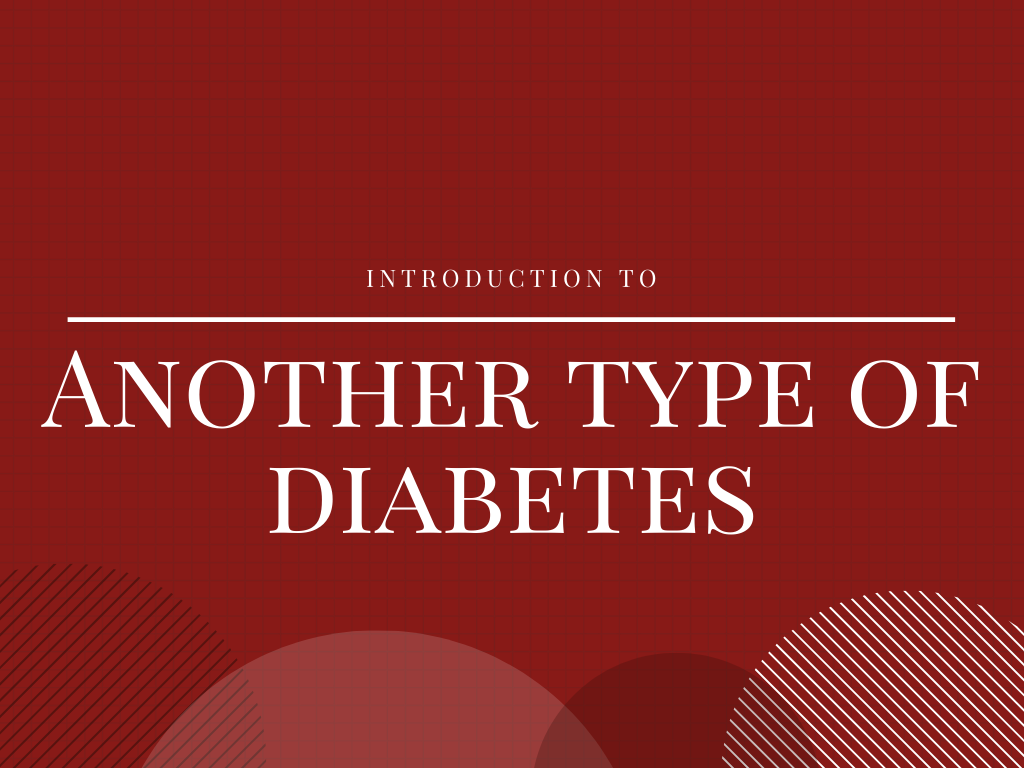Diabetes insipidus
What is diabetes insipidus?

Diabetes insipidus (DI) is a rare condition in which there is an imbalance of fluids in the body. The kidneys expel large amounts of water and cannot control it. It is a hereditary or acquired condition that disrupts the normal life of persons with the condition. This disruption happens because of increased thirst and passing large volumes of urine, even at night. Our kidneys filter all our blood many times. Under normal conditions, most of the water is reabsorbed, and only a small amount of concentrated urine is excreted. The kidneys cannot concentrate the urine normally. So a large amount of dilute urine is excreted. This is when DI happens.
Causes of Diabetes Insipidus
This condition occurs due to decreased levels of a pituitary hormone- vasopressin also called ADH or Anti-diuretic hormone in the brain. Central DI means lack of ADH. Central DI is caused by genetic problems, head injury, infection, tumors in and near the pituitary gland, an autoimmune disease leading to problems in ADH producing cells, hypothalamus or pituitary gland surgery or loss of blood to the pituitary gland.
The condition is called nephrogenic DI when the kidneys fail to respond to ADH. Nephrogenic DI happens due to a defect in the kidneys. The cause can be genetic, medicines such as lithium, hypercalcemia (high calcium levels in the blood), polycystic kidney disease.
Symptoms of DI
A person passes excess urine and feels thirsty all the time. The person has too much water intake through the day, so their urine becomes diluted. The body doesn’t need that many fluids. The urine comes out very clear and the waste products are not concentrated.
Tests to diagnose DI
- Electrolytes specifically blood sodium and osmolality
- Urinalysis and urine output
- Urine concentration and osmolality
- MRI of the head
- Desmopressin challenge
Difference between Diabetes Insipidus and Diabetes Mellitus
DI is caused by a problem in the pituitary gland or kidneys. It is different from diabetes mellitus (DM) which lacks or has insufficient insulin hormone and high blood sugars. The symptoms can be similar to frequent urination and thirst. However, DI is related to how your kidney’s ability to handle fluids. It’s much less common than DM. Urine and blood tests can help identify which types of diabetes you have.
Medical Treatment for DI
Treatment depends on the cause of the problem. Medicines can often help and should be guided by a diabetologist.
Dietary Treatment for DI
In chronic DI, there are no specific diabetic diet considerations. Emphasis should be on the importance of an adequate and balanced intake of salt and water. A low sodium diet and low protein diet can help to reduce the output of urine.

Pallavi Pinge is a Clinical Nutritionist and Dietitian | Content Director & Editor for health websites | has a passion for digital health and enjoys promoting health and wellness. She’s the founder and director of Ambrosia Wellness, where she provides personalized nutrition counseling, education, and coaching to individuals with various health conditions. You can follow her on her social media channels below to stay tuned in with the latest in health and wellness | Health Blog | Contact her for appointments |






